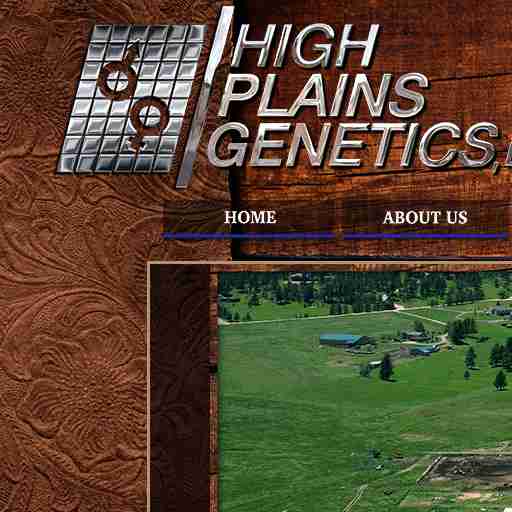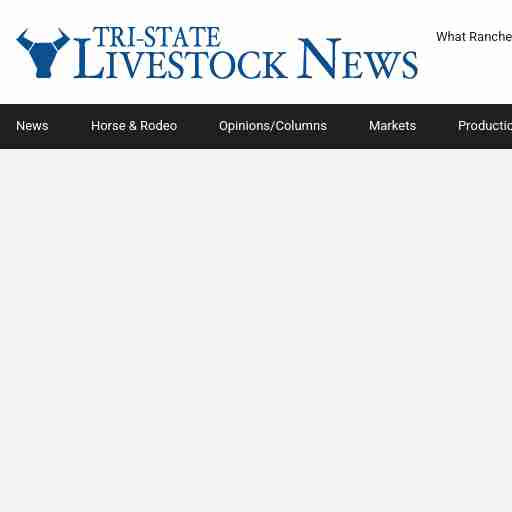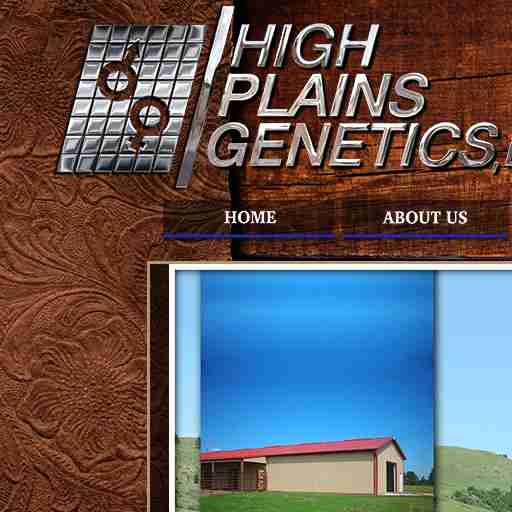Great Plains Genetics is a company that specializes in providing high-quality genetics to farmers and ranchers across the Great Plains region. They offer a wide range of products and services, including seedstock, semen, embryos, and genetic testing. In this blog post, we will explore the world of Great Plains Genetics and discuss some of their most popular products and services.
Genetics play a crucial role in agriculture. Farmers and ranchers rely on genetics to produce crops and livestock that are healthy, productive, and profitable. With the help of modern technology, it is now possible to select for specific traits that are desirable in plants and animals. This has led to significant improvements in crop yields, animal health, and overall profitability.
Great Plains Genetics offers a wide range of products to help farmers and ranchers improve their operations. Some of their most popular products include:
Using Great Plains Genetics products can provide a number of benefits to farmers and ranchers. Some of the key benefits include:
Seedstock refers to breeding stock that is used to produce offspring with desired traits. This includes bulls for breeding cows or heifers for breeding bulls. Great Plains Genetics offers a variety of seedstock from top-quality breeds such as Angus, Hereford, Simmental, Charolais, Gelbvieh, Limousin and Red Angus.
Embryo transfer is a process by which embryos are collected from a donor cow or heifer and transferred into recipient cows or heifers. This allows farmers and ranchers to rapidly improve their herd's genetics by selecting only the best cows or bulls for breeding. Great Plains Genetics offers embryo transfer services as part of their range of products.
Genetic testing is the process of analyzing an animal's DNA to identify its genetic potential for certain traits. This can include traits such as marbling score or feed efficiency. Great Plains Genetics offers genetic testing services to help farmers and ranchers make informed decisions about their breeding programs.
Great Plains Genetics is a company that offers a wide range of products and services to help farmers and ranchers improve their operations. Their focus on genetics allows them to provide high-quality seedstock, semen, embryos, and genetic testing services that can lead to improved productivity, better quality, increased profitability, and sustainability in agriculture. By using Great Plains Genetics products, farmers and ranchers can take advantage of modern technology to produce crops and livestock that are healthy, productive, and profitable.

We are a professional genetics and artificial insemination business located in the beautiful Black Hills of South Dakota. Conveniently located between Rapid ... Offering the following services for BOVINE & EQUINE ARTIFICIAL INSEMINATION BOVINE & EQUINE EMBRYO FLUSH & TRANSFER EQUINE SEMEN STORAGE & SHIPPING We are a professional genetics and artificial insemination business located in the beautiful Black Hills of South Dakota. Conveniently located between Rapid City and Sturgis off the service road north of Piedmont. We offer a WORLD CLASS FACILITY and the highest level of customer service for livestock customers. Our experience with cattle and horse genetics and breeding programs can give you the dominant edge! Design by Larry Larson Photography, Inc. 13171 High Plains Place – Piedmont, South Dakota 57769 Telephone: 605-787-4808 Fax: 605-787-7127 Website Design by LARRY LARSON PHOTOGRAPHY, INC. (Updated February 2023)

Jan 25, 2024 ... High Plains Genetics will continue to serve the equine industry under new ownership as Red Valley Genetics. Roger and Jayne Joseph of ... High Plains Genetics to Change Ownership High Plains Genetics will continue to serve the equine industry under new ownership as Red Valley Genetics. Roger and Jayne Joseph of Whitewood, South Dakota, are excited to announce the change of ownership at High Plains Genetics, and their intent to continue operating the business. The couple purchased the facility that sold at absolute auction on January 10, 2024, and expect to close on or before February 1, 2024. “Our plan is to keep the equine part of the business going right now, and hopefully work into the bovine aspect,” Roger said. “We expect to be full of horses for the time being. The business will remain under the management of Ty Hendricks, who has been the manager of High Plains for 13 years. He will stay there and be in charge of operations, and we will facilitate things with new employees also. Ty is a good friend and has done a great job with the business for years.” The couple plans to change the name of the business to Red Valley Genetics. “We chose that name for its significance to Piedmont, South Dakota,” Roger said. “We’re on the east edge of the red soil line that runs up along the Black Hills.” Formerly in the registered Angus business, Roger spent over 30 years operating Joseph Angus Ranch. “I was born and raised in Valentine, Nebraska,” he said. “The Joseph family has been there for generations; all my grandparents were born and raised there. I bought a ranch in the Winner area and was there for 23 years with the registered Angus business before we moved up to Whitewood.”

CM NONSTOP NITRO FEE# $1,500 · FIRE ON BUG FEE: $2,000 · PLATINUM BULLY FEE: $1,200 · BUBBLIN TA FAME FEE: $1,750 · HIGH ROAD TA FAME FEE: $1,750. Offering the following services for BOVINE & EQUINE ARTIFICIAL INSEMINATION BOVINE & EQUINE EMBRYO FLUSH & TRANSFER EQUINE SEMEN STORAGE & SHIPPING STALLION SERVICES DONOR MARE Collection, evaluation & test cooled $425 Per cycle for positive flush (plus daily board) includes breeding, flushing, mare Per cycle for negative flush (plus daily board) PLEASE CALL FOR MORE INFORMATION! (Click on the link under each for more information on each ranch!) With Considerations - 605-391-2113 South Dakota RQHBA, Nebraska Ranch Horse Association FIRST DOWN MR JESS SI 98 (DECEASED) 13171 High Plains Place – Piedmont, South Dakota 57769 Telephone: 605-787-4808 Fax: 605-787-7127

High Plains Genetics, LLC, Piedmont, South Dakota. 1628 likes · 23 were here. Exceeding Industry Standards. For All Your Bovine and Equine Reproduction... You're using a browser that isn't supported by Facebook, so we've redirected you to a simpler version to give you the best experience. Other ways that you can control your information Manage your ad experience in Accounts Centre More information about online advertising
---